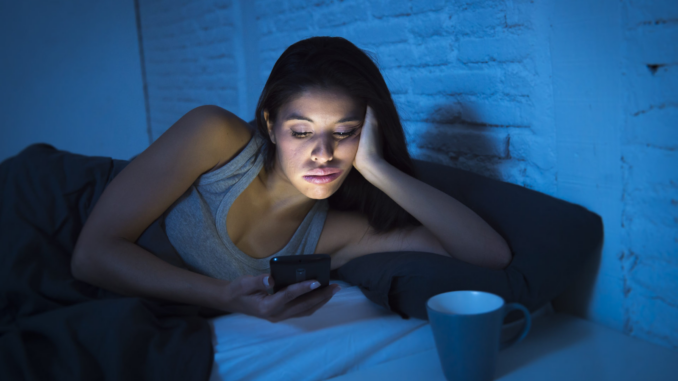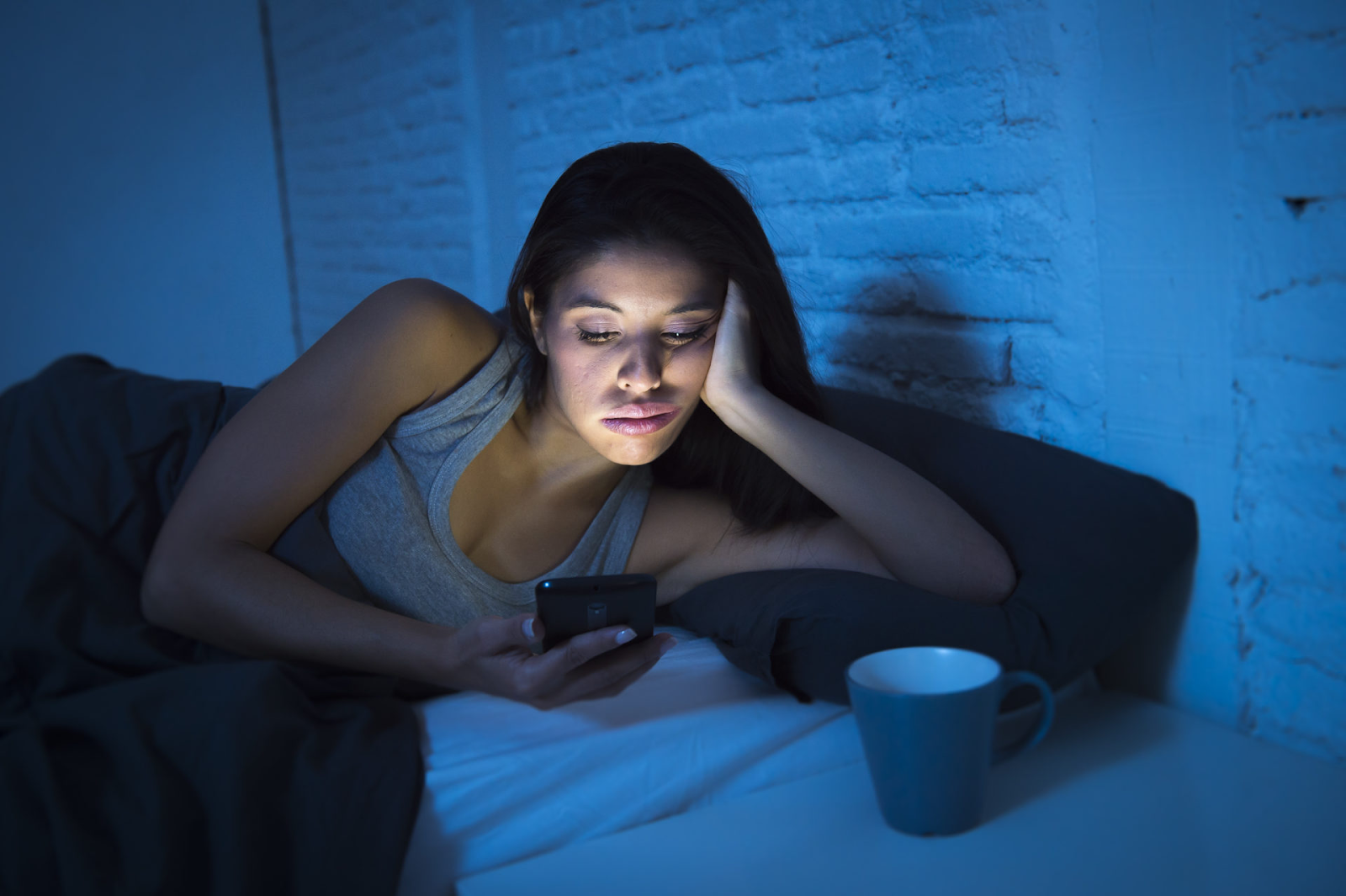
You probably do it every night, I’m guilty too
Unsubscribe | Report as spam | Change email preferences
Exposure to this at night causing insulin resistance
In the last few decades, artificial light has taken over the world.
It has become so ubiquitous that it’s hard to imagine a time when people didn’t have it.
But this is a public health problem.
Exposure to light at night, especially blue light, can disrupt our body’s natural rhythms and lead to metabolic diseases.
Insulin resistance is one example of those metabolic diseases – which is our topic today.
Our bodies need sugar for energy.
And insulin is a hormone that helps us use the sugar in our blood for energy.
When we have insulin resistance, our cells don’t respond to insulin as well as they should…
… which means our body needs to make more insulin to keep our blood sugar levels in check.
Over time, this can cause our blood sugar levels to stay high.
And high blood sugar levels, over time, can increase the risk of developing type 2 diabetes, heart disease, and other metabolic disorders.
According to the CDC, more than 100 million Americans have either diabetes or prediabetes.
This wasn’t the case back in the day…
Why?
Well, people weren’t exposed to high levels of artificial light at night back then…
And this study suggests light exposure at night may cause insulin resistance.
Let’s see.
This study was conducted at Northwestern University. It was published in Proceedings of the National Academy of Sciences.
The researchers wanted to investigate how exposure to light during nighttime sleep affects glucose homeostasis in young adults.
To test this, the researchers recruited 20 young adults and split them into two groups.
One group slept for one night in dim light, followed by one night in bright room lighting (100 lux).
The other group slept for two consecutive nights in dim light.
The researchers then measured the participants’ insulin resistance.
They also measured their sleep quality markers and heart rate variability.
The results showed that the group exposed to room light during sleep had higher insulin resistance measures than the group that slept in dim light for both nights.
“Measures of insulin resistance (morning homeostatic model assessment of insulin resistance, 30-min insulin area under the curve [AUC] from a 2-h oral glucose tolerance test) were higher in the room light versus dim light condition.”
Exposure to room light during sleep resulted in more time spent in light sleep and less time in deep sleep.
“In the room light condition, participants spent proportionately more time in stage N2 and less in slow wave and rapid eye movement sleep.”
Participants’ heart rate variability was lower, indicating increased sympathovagal balance.
Which means their body’s sympathetic nervous system was more active during sleep.
“Heart rate was higher and heart rate variability lower (higher sympathovagal balance) during sleep in the room light versus the dim light condition.”
This means RESTLESS sleep.
Also, this thing called sympathovagal balance was apparently associated with insulin resistance the following morning…
“Importantly, the higher sympathovagal balance during sleep was associated with higher 30-min insulin AUC, consistent with increased insulin resistance the following morning.”
Overall, the study suggests that exposure to light during nighttime sleep may impair sugar metabolism.
“These results demonstrate that a single night of exposure to room light during sleep can impair glucose homeostasis, potentially via increased SNS activation.”
Thus, avoiding exposure to light at night during sleep may be beneficial for cardiometabolic health and weight control.
So, how can you reduce your exposure to light at night?
Here are some tips:
- Avoid electronic devices such as smartphones, tablets, and laptops for at least one hour before bedtime.
- Use dim red lights for night lights. Red light doesn’t interfere with sleep as blue light does.
- Install blackout curtains or blinds in your bedroom to reduce external light sources.
- Consider wearing blue-light-blocking glasses, which can reduce the amount of blue light that reaches your eyes.
—-Important Message—-
What doctors never tell men about blood sugar
Did you know that men can have blood sugar issues without having diabetes?
It’s true, and it’s actually really common for men who have a bit of a belly and feel tired all the time…
…men who are eating well and working out and still not losing fat.
In fact, I’ve found that a lot of men suffering from bedroom problems like low drive, low stamina, and trouble getting rocky all have some sort of blood sugar problems.
And the blood sugar problems start with the metabolism.
Because as a man ages, his metabolism gets colder, slower, less energetic…
And most importantly, it stops burning sugar for energy.
And that leads to a build-up of sugar in the bloodstream…which hurts the pancreas where sugar is processed…
And eventually, it CAN turn into full blown diabetes.
Luckily, you can easily prevent this from happening with a very simple activity that is easy to follow and takes less than a minute to do in your kitchen or bathroom every day…
———-



